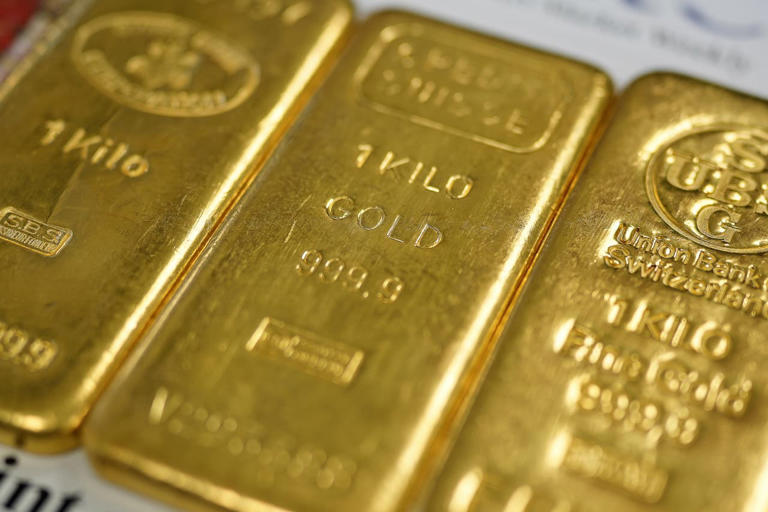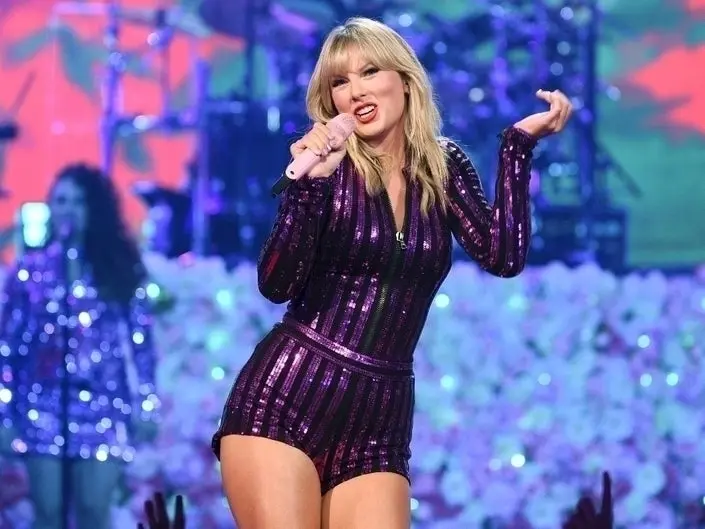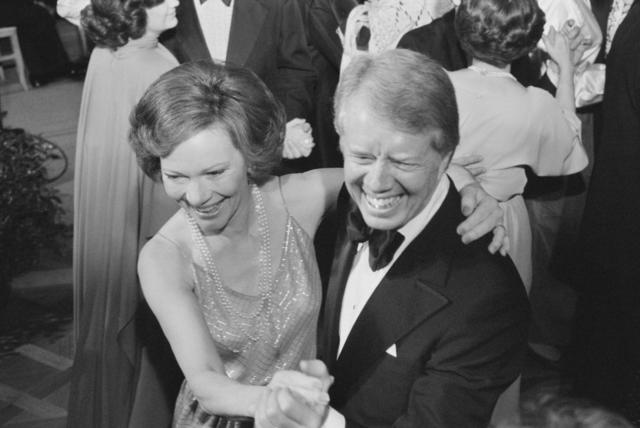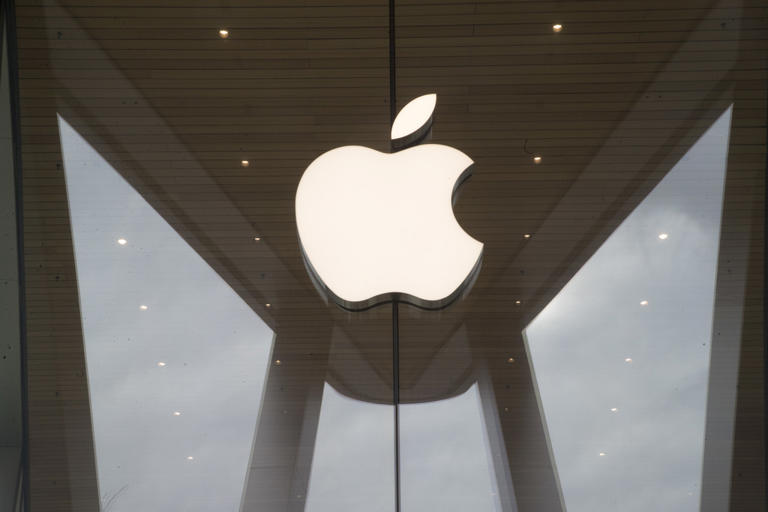Gold prices have experienced a robust surge of more than 15% since the beginning of the year, recapturing levels close to the record highs reached in April. This remarkable rally has unfolded amidst a backdrop of cautious monetary policy from the Federal Reserve. As of late Friday afternoon, gold was trading around $2,370 per ounce, with silver also rallying nearly 20% in the year 2024.
The correlation between gold’s ascent and the Federal Reserve’s prolonged interest rate pause has been notable. Market sentiment has been buoyed by expectations that the central bank may eventually resort to rate cuts later in the year should inflationary pressures continue to moderate and indications of labor market softening emerge. Lower interest rates tend to undermine the value of the U.S. dollar, thereby bolstering the appeal of gold as an alternative investment option.
Frank Watson, a market analyst for Kinesis Money, has underscored the role of lower interest rates in supporting gold prices. He explains that reduced interest rates diminish the attractiveness of holding U.S. dollar-denominated assets, thereby making gold more attractive to investors. Furthermore, a weaker U.S. dollar makes gold more affordable for buyers utilizing other currencies, thereby contributing to increased demand.
While much of gold’s recent rally has been attributed to heightened purchases by central banks in emerging markets, there is also evidence suggesting a growing interest from retail investors. Gold exchange-traded funds (ETFs) in North America saw inflows in April, marking a reversal from the trend of monthly outflows observed previously. This resurgence of interest from retail investors, coupled with initiatives such as Costco’s introduction of gold bars and silver coins, highlights the broadening appeal of gold as a viable investment avenue.
However, some analysts remain cautious about the sustainability of gold’s rally. Cam Harvey, senior advisor at Research Affiliates, and Claude Erb, a retired managing director with TCW Group, have raised concerns about the potential for high real gold prices to translate into unattractive returns in the future. They question whether the recent surge in gold prices signifies a new era of sustained growth or if it has merely set the stage for a significant correction.
Others, like Alex Kuptsikevich, senior market analyst with FxPro, believe that gold’s upside potential may be capped in the near term. Factors such as elevated bond yields, escalating budget deficits, and the prospect of expanded government spending could act as significant impediments to further price appreciation.
In summary, while gold has exhibited an impressive rally this year, its future trajectory remains uncertain, with a multitude of factors influencing its direction. The interplay between the Federal Reserve’s monetary policy decisions, macroeconomic developments, and investor sentiment will likely dictate the course of gold prices in the coming months.

















































































